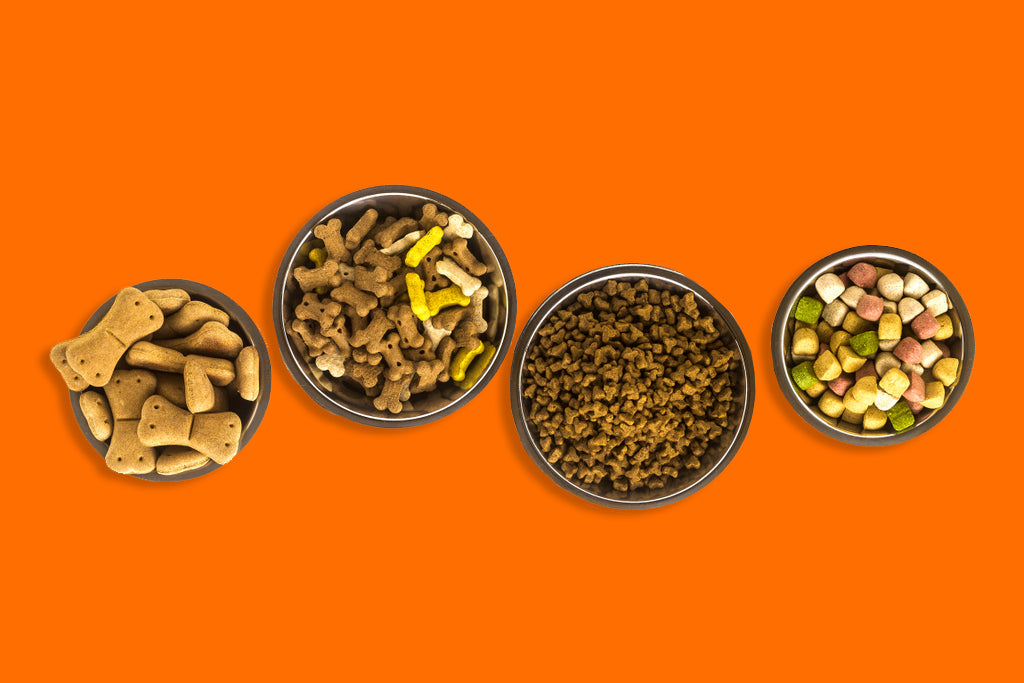As pet owners, we always want to provide the best for our furry friends, and that includes providing them with a healthy, nutritious diet. But did you know that the high-heat processing used in many pet foods can lead to significant loss of essential nutrients? In this article, we'll discuss the impact of high-heat processing on the nutrients in pet food, including study cases and how it affects your pet's health.
1️⃣ Understanding High-Heat Processing in Pet Food
High-heat processing is a common method used in the pet food industry, particularly in the production of kibble. Ingredients are cooked at high temperatures, typically between 200°F and 500°F, to create a dry, shelf-stable product. While this method may be convenient for manufacturers, it can cause significant nutrient loss and negatively impact the quality of the pet food.
2️⃣ Nutrient Loss During High-Heat Processing
Essential nutrients, such as vitamins, minerals, and enzymes, can be destroyed or significantly reduced during high-heat processing. For example, heat-sensitive vitamins like B1 (thiamine), B5 (pantothenic acid), and B6 (pyridoxine) can lose up to 50% of their original content. Minerals like potassium, calcium, and phosphorus can also be affected, with losses ranging between 10% and 30%.
A study conducted in 2018 by the Journal of Animal Science found that high-heat processing could lead to decreased digestibility and bioavailability of nutrients in pet food. This means that pets consuming high-heat processed foods may not be getting the full nutritional benefits from their diet.
3️⃣ The Risks of High-Heat Processing on Carbohydrates and Meat
Carbohydrates: During high-heat processing, starches in carbohydrates can undergo the Maillard reaction, a chemical reaction between sugars and proteins that can decrease the bioavailability of essential amino acids and create potentially harmful compounds called advanced glycation end products (AGEs). Studies have shown that AGEs can contribute to inflammation and oxidative stress in pets, potentially leading to chronic health issues such as:
- Diabetes
- Kidney disease
- Heart disease
- Arthritis
- Premature aging
Meat: High-heat processing can also impact proteins in meat, causing them to denature, which leads to changes in their structure and reduced digestibility. Additionally, high-heat processing can create harmful substances such as heterocyclic amines (HCAs) and polycyclic aromatic hydrocarbons (PAHs) from the charring or burning of meat. These compounds have been linked to various health risks, including:
- Cancer
- Liver, kidney, and lung damage
- Gastrointestinal issues
- Weakened immune system
4️⃣ Healthier Alternatives to High-Heat Processing
Fortunately, there are healthier alternatives to high-heat processing that help preserve more nutrients in pet food. Air-drying and freeze-drying are two methods that maintain a higher nutrient content. Air-drying involves gently removing moisture from the ingredients at lower temperatures, while freeze-drying uses a vacuum and sublimation process to preserve nutrients.
5️⃣ Tips for Pet Owners
As a pet owner, it's essential to research different pet food options and choose products that prioritize nutrient preservation. Consult with your veterinarian for personalized advice on your pet's nutritional needs and consider incorporating air-dried or freeze-dried options into their diet for optimal health.
In conclusion, high-heat processing in pet food can lead to significant nutrient loss, posing potential health risks to your furry companion. By educating yourself on this issue and opting for healthier alternatives, you can help ensure that your pet receives the nutrition they need to thrive.

